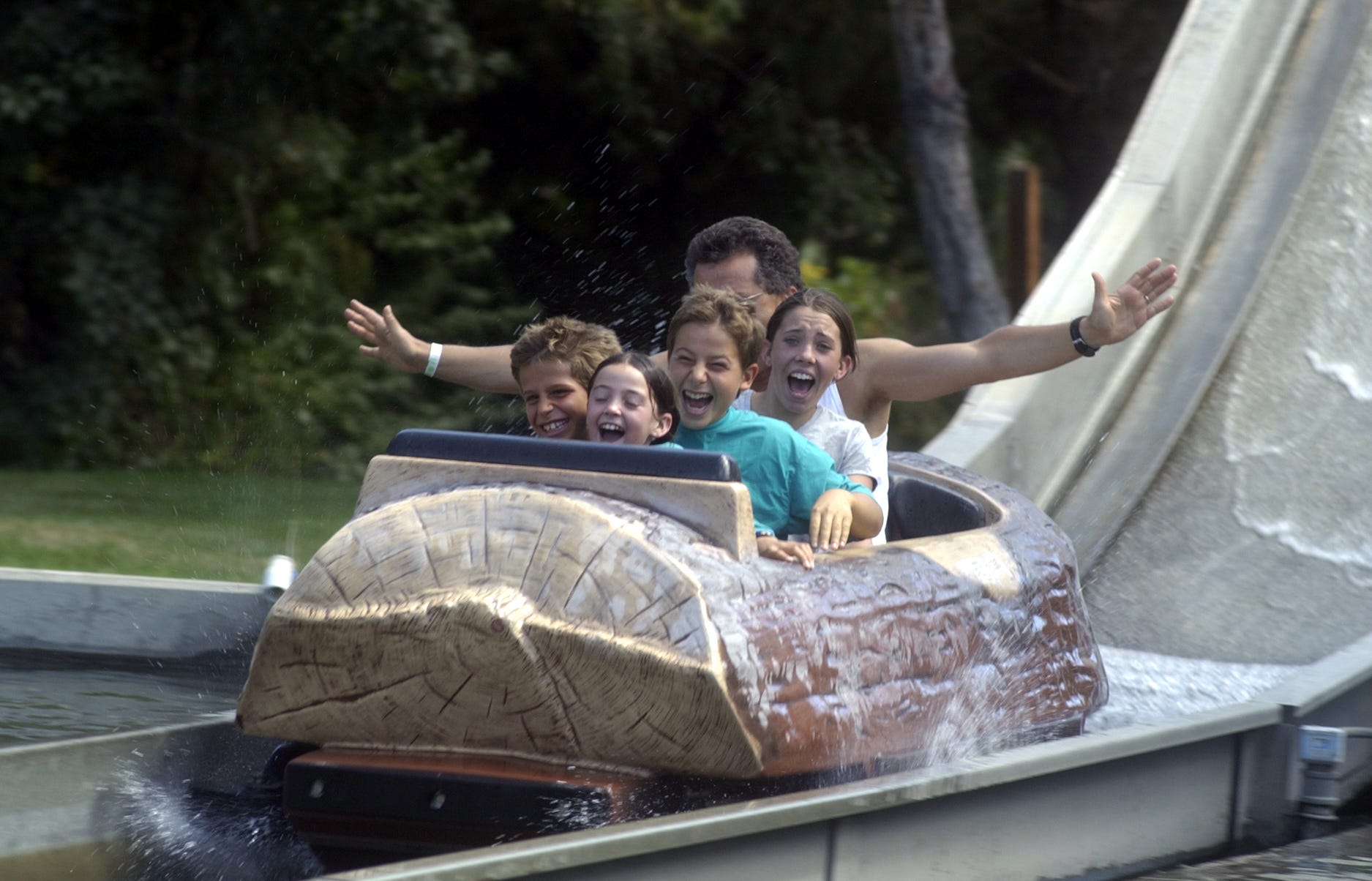
Forgotten Fun: Northern Nevada’s Lost Amusement Parks, from Coney Island to Ponderosa Ranch

The Lost Amusement Parks of Northern Nevada
Northern Nevada boasts a rich history of amusement parks that once provided a plethora of summer entertainment, ranging from bathhouses and petting zoos to thrilling rides and Wild West experiences. While many of these parks have vanished over the years, their influence remains visible in the names of local streets and existing structures. This article highlights five notable amusement parks that have faded into history over the past 120 years.
Moana Springs, Reno
Moana Springs was conceived by Charles Short in the early 1900s after a trip to Hawaii inspired him to create a recreational oasis. The name “Moana,” derived from Hawaiian mythology, referred to a fairy princess who had the power to heal and rejuvenate. The resort opened its doors in late 1905, located at what is now the intersection of Moana Lane and South Virginia Street, which was three miles south of Reno at the time.
During its peak, Moana Springs offered an impressive array of amenities, including mineral baths, an ice cream parlor, a dance hall, a movie theater, and even a mini zoo featuring a variety of animals like bears, monkeys, and eagles. The park hosted numerous activities, including concerts, swimming races, boxing matches, and Wild West shows. Its fame skyrocketed in 1910 when heavyweight boxer Jim Jeffries trained there for his historic match against Jack Johnson.
However, tragedy struck on November 5, 1926, when a fire destroyed the wooden bathhouse, leaving only the concrete swimming pool intact. The pool was forced to close in 1956 due to health concerns and was ultimately dismantled in 2007 after the boilers failed. The site, which included a baseball park dating back to 1908, was transformed into youth soccer fields in 2012.
Coney Island Amusement Park, Sparks
Initially launched as Wieland’s Park in July 1905, Coney Island Amusement Park became a local favorite during the early 20th century. Founder Otto Benschuetz, who operated a local brewery, expanded the park to three acres, complete with a dance hall and lunch counter, strategically located along the streetcar line connecting Sparks and Reno.
In June 1909, the park rebranded as Coney Island, introducing attractions such as a bicycle merry-go-round, steel swings, and rowboats. Benschuetz invested heavily in the park, enhancing its appeal with trees, electric lights, and various entertainment acts. Unfortunately, after his death in 1912, the park’s glory days dwindled. Two fires in 1927 and 1930 destroyed the dance hall, marking a significant decline.
Today, remnants of Coney Island live on in the name of the Coney Island Bar on Prater Way and the street itself, which was named in 1953 as a tribute to the amusement park. The park’s original site is now largely covered by Interstate 80.
Sundown Town, Washoe Valley
Sundown Town offered a stunning natural backdrop and aimed to be both a tourist destination and a film set for Western movies, thanks to its connection to Buster Keaton Jr., the son of the famous comedian. Unfortunately, the park’s success was short-lived. Problems arose quickly, including legal disputes and deteriorating access roads.
Despite efforts to enhance the park with restaurants and entertainment, it closed to the public within months and became available for private events. The property changed hands in 1963, but it remained closed until a peculiar advertisement in 1964 sought a couple to live on-site in exchange for protecting the owners’ interests. A fire in 1966 ultimately destroyed many of the original buildings.
Ponderosa Ranch, Incline Village
Based on the iconic TV series “Bonanza,” Ponderosa Ranch attracted fans to the northeast shore of Lake Tahoe. Originally a ranch for horses featured in the show, the park transformed into a themed attraction in 1968, featuring gold panning, a petting zoo, and a replica of the Cartwright Ranch House.
Even after the series ended its original run in 1973, Ponderosa Ranch continued operations until 2004, drawing record crowds in its final year. However, the rising value of the land led to its closure, with a software billionaire purchasing the property for a staggering $59 million.
Great Basin Adventure, Reno
Great Basin Adventure was a unique attraction located in Rancho San Rafael Park, focusing on the mining and natural history of Nevada. Opened in 1987 after significant investment from local organizations, the park featured a variety of attractions, including a log flume ride and a petting zoo.
Despite its promise, challenges arose, including concerns over traffic and parking, which contributed to a decline in support. The Great Recession further hampered the park’s operations, leading to the closure of several features by 2010. While the Discovery Museum continues to operate with volunteer support, the infrastructure for the log flume ride was eventually repurposed into a tractor museum in 2015.
Conclusion
The amusement parks of Northern Nevada serve as a fascinating chapter in the area’s history, reflecting the evolution of entertainment over the decades. While the parks may be gone, their legacies endure in the stories and memories of those who experienced their magic.








